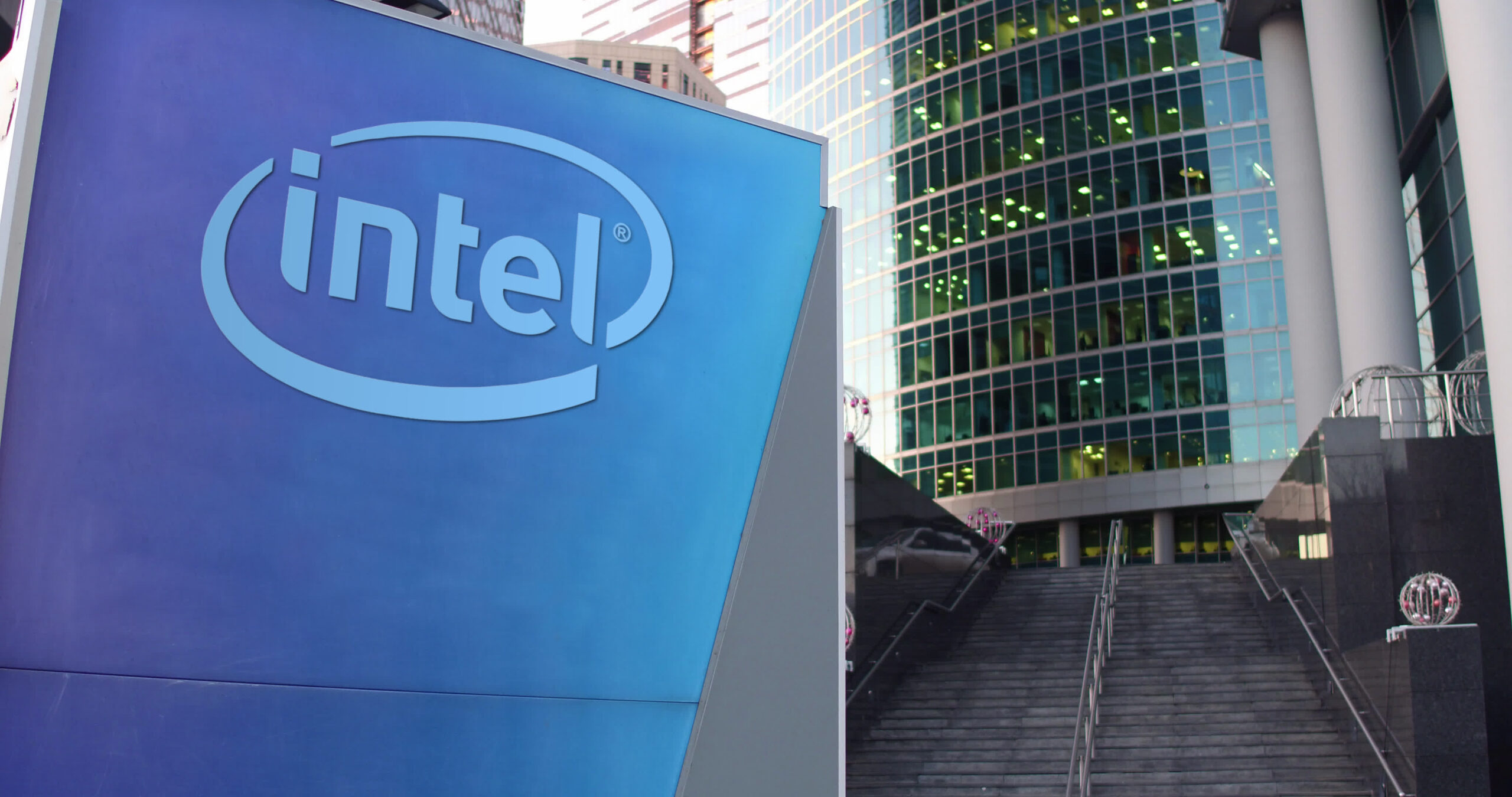In the landscape of computing, Intel, long considered the undisputed leader in chip architecture, now faces an unprecedented challenge. In this article, discover how the rise of generative AI and energy-efficient architectures has reshaped the computing world. Learn about the innovative solutions from companies like Arm, NVIDIA, and Qualcomm that have disrupted Intel’s dominance. By exploring the transition from traditional x86 processors to scalable, power-efficient designs optimized for cloud-native applications and AI workloads, gain insight into the future of computing and the forces driving this transformative change.
Intel’s Dominance in Computing with x86 Architecture

The Rise of a Computing Giant
For decades, Intel reigned supreme in the computing world, its x86 architecture becoming synonymous with personal computers and servers alike. This dominance wasn’t accidental; it was the result of relentless innovation and strategic market positioning. Intel’s processors became the gold standard, powering everything from home PCs to enterprise-grade servers.
The x86 Legacy in Computing
- The x86 architecture, first introduced in 1978, proved to be remarkably adaptable. Its backward compatibility ensured that software written for older processors would still run on newer ones, creating a vast ecosystem of applications. This compatibility, coupled with Intel’s manufacturing prowess, allowed the company to maintain its market leadership for years.
Challenges on the Horizon
- However, as computing needs evolved, cracks began to appear in Intel’s armor. The rise of mobile computing and cloud-native applications presented new challenges. These emerging technologies demanded greater energy efficiency and specialized processing capabilities—areas where Intel’s traditional x86 designs struggled to compete effectively. The computing landscape was shifting, and Intel’s long-held dominance was no longer assured in this rapidly changing environment.
The Rise of AI and Parallel Processing Workloads in Computing
The computing landscape has undergone a seismic shift in recent years, driven by the explosive growth of artificial intelligence and the increasing demand for parallel processing capabilities. This transformation has reshaped the industry, challenging traditional architectures and paving the way for new players to dominate the market.
The AI Revolution in Modern Computing
- Artificial intelligence has become the cornerstone of modern computing, powering everything from voice assistants to autonomous vehicles. This surge in AI applications has created an unprecedented demand for specialized hardware capable of handling complex neural networks and machine learning algorithms. Traditional CPU architectures, optimized for sequential processing, have struggled to keep pace with these new workloads.
Parallel Processing: The New Paradigm
- As AI workloads have grown more sophisticated, the need for parallel processing has become paramount. Modern AI models often require simultaneous computations on vast datasets, a task ill-suited to traditional single-core processors. This shift has led to the rise of GPU-accelerated computing and custom AI chips, which excel at handling multiple tasks concurrently.
Energy Efficiency: A Critical Factor
- With the exponential growth of data centers and cloud computing, energy efficiency has become a critical concern. The massive power consumption of traditional x86 architectures has become increasingly untenable, both economically and environmentally. This has driven the industry towards more energy-efficient designs, particularly those based on ARM architecture, which offer superior performance-per-watt ratios.
Arm and NVIDIA Emerging as Leaders in Energy-Efficient AI Hardware
Arm’s Rise in High-Performance Computing
- Arm, once known primarily for mobile chip designs, has made significant strides in the high-performance computing space. Their energy-efficient architectures have proven ideal for data center applications, where power consumption is a critical factor. By offering scalable solutions that balance performance and energy efficiency, Arm has attracted major players in cloud computing and enterprise IT.
NVIDIA’s Dominance in AI Acceleration
- NVIDIA has positioned itself at the forefront of AI hardware with its graphics processing units (GPUs) and specialized AI accelerators. Their CUDA platform and tensor core technology have become industry standards for machine learning and deep learning applications. NVIDIA’s hardware excels at parallel processing tasks, making it particularly well-suited for the complex computations required in AI workloads.
Collaborative Efforts and Market Impact
- The partnership between Arm and NVIDIA has further solidified their position as leaders in energy-efficient AI hardware. By combining Arm’s efficient CPU designs with NVIDIA’s GPU technology, they’ve created powerful, low-power solutions for edge computing and AI-driven devices. This collaboration has not only challenged Intel’s market dominance but also reshaped the landscape of computing architecture, pushing the industry towards more specialized, energy-conscious designs optimized for AI and cloud-native applications.
Intel’s 18A Delays Impact Innovation in x86 Architecture
The Promise of 18A Technology in the Computing Industry
- Intel’s 18A manufacturing process was heralded as a game-changer for the x86 architecture. This ambitious leap in chip fabrication promised to deliver unprecedented performance and energy efficiency, potentially reinvigorating Intel’s position in the rapidly evolving computing landscape. The technology aimed to push the boundaries of transistor density and power consumption, addressing key challenges faced by traditional x86 designs.
Setbacks and Consequences
- However, the road to 18A has been fraught with obstacles. Repeated delays in the development and implementation of this cutting-edge process have had far-reaching implications for Intel’s innovation pipeline. These setbacks have not only impacted Intel’s ability to keep pace with competitors but also hindered the evolution of x86 architecture.
Ripple Effects on the Industry
- As Intel grapples with these challenges, the repercussions are felt across the tech sector. The x86 ecosystem, long dependent on Intel’s leadership, now faces uncertainty. Original Equipment Manufacturers (OEMs) and software developers, accustomed to regular advancements in x86 technology, must now recalibrate their strategies. This shift has created opportunities for rival architectures to gain ground, particularly in emerging fields like AI and cloud computing where energy efficiency and specialized processing capabilities are paramount.
The Future: Will Intel Bounce Back or Fade Away?
As the tech landscape continues to evolve, Intel’s future remains uncertain. The once-dominant chip manufacturer faces significant challenges, but it’s not out of the game yet. Let’s explore the potential paths forward for this tech giant.
Potential for Revival
- Intel’s vast resources and decades of experience in semiconductor manufacturing could still prove valuable. The company is investing heavily in its 18A manufacturing process, which, if successful, could help it regain a competitive edge. Additionally, Intel’s recent focus on AI and machine learning technologies may position it to capitalize on these growing markets.
Obstacles to Overcome
- However, Intel must address several critical issues to remain relevant. The company needs to accelerate its innovation cycle, streamline its product lineup, and improve its energy efficiency to compete with ARM-based designs. Furthermore, rebuilding trust with customers and investors after repeated delays and setbacks will be crucial.
The Road Ahead
Intel’s fate will likely depend on its ability to adapt to the changing computing landscape. Success may require a significant shift in strategy, potentially including:
Embracing heterogeneous computing architectures
Expanding partnerships with other tech companies
Focusing on niche markets where x86 architecture still holds advantages
Ultimately, Intel’s future in the computing world will be determined by its capacity to innovate and evolve in an increasingly competitive and rapidly changing industry.
Key Takeaways
Intel’s long-standing dominance has been eroded by the rise of AI-optimized, energy-efficient architectures. This transformation reflects the changing demands of modern computing, where parallel processing and AI capabilities are paramount. While Intel struggles to adapt, companies like NVIDIA, Arm, and Qualcomm have seized the opportunity, delivering innovative solutions tailored to today’s needs. The future of computing is being shaped by these new players, and their ascendancy marks a pivotal moment in the industry’s history. As technology continues to evolve, it’s clear that adaptability and specialization will be key to success in this new era of computing.
More Stories
KT Cloud Accelerates Digital Growth with New High-Tech Data Center in Yecheon-Gun
KT Cloud new data center in Yecheon-gun marks a key public-private effort with Gyeongsangbuk-do and Yecheon County.
Microsoft Cloud Momentum Fuels AI Growth Across Indonesia and Malaysia
Microsoft Cloud services expands strategically into Indonesia and Malaysia to reshape Southeast Asia’s technological landscape.
Roblox Farming Craze Fuels Surging App Store Economy
As you dive into the dynamic world of digital economies, one phenomenon stands out: the Roblox farming craze. This surge,...
NVIDIA Powers Up: Revolutionizing AI Data Centers with 800V HVDC Systems
NVIDIA emerges as a pioneer, revolutionizing the backbone of AI data centers through its cutting-edge 800V high-voltage direct current (HVDC) systems.
Confluent Unifies Real-Time and Historical Data to Power Next-Gen AI and Analytics
Confluent has made major progress by upgrading its Confluent Cloud platform. These enhancements aim to unify data streams for advanced AI applications.
Lloyds Banking Group Appoints Aritra Chakravarty to Lead Agentic AI Initiatives
Lloyds Banking Group has announced the appointment of Aritra Chakravarty as the Head of Agentic AI, effective June 2, 2025. This strategic decision positions Lloyds at the cutting edge of integrating sophisticated AI technologies into its operational framework.


